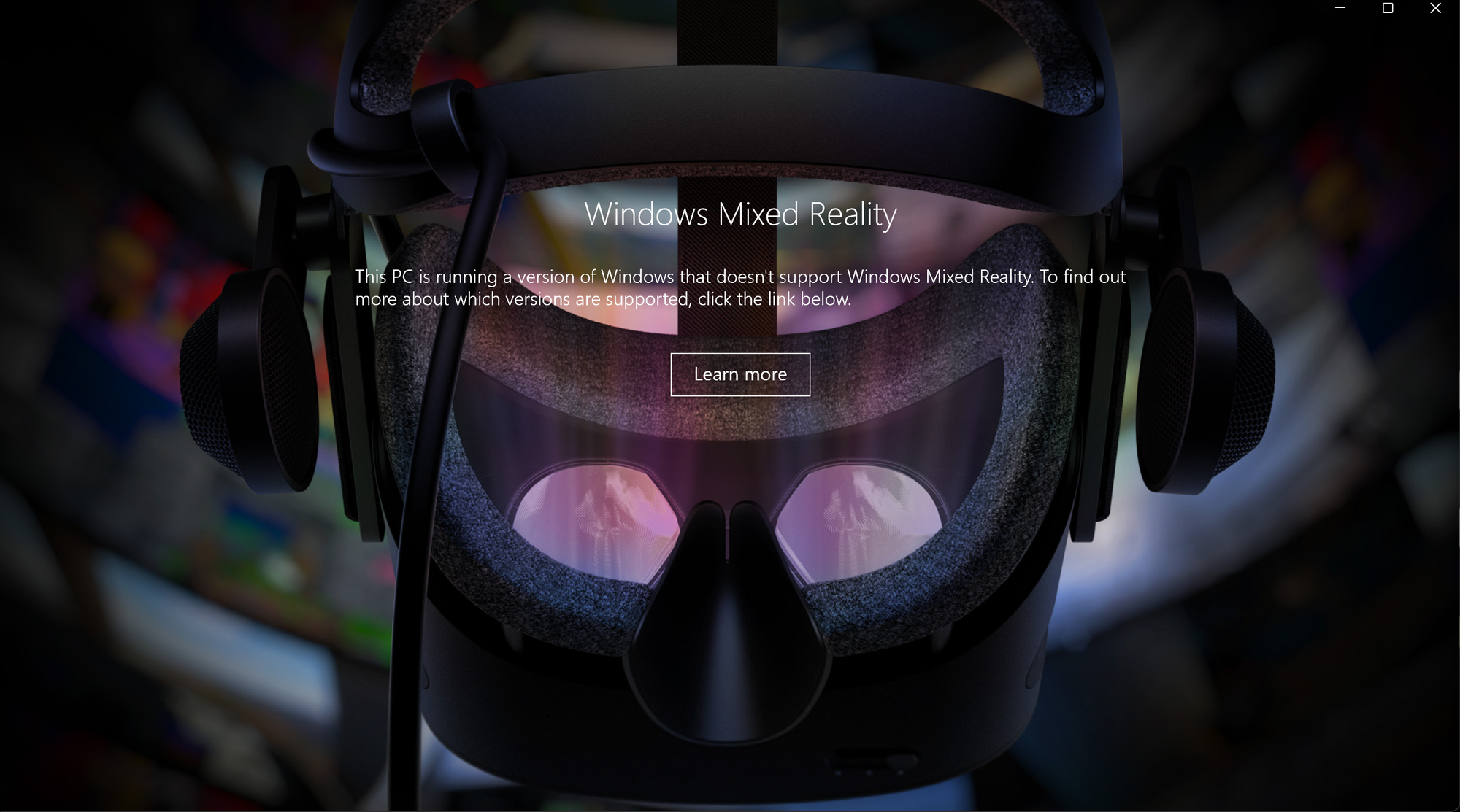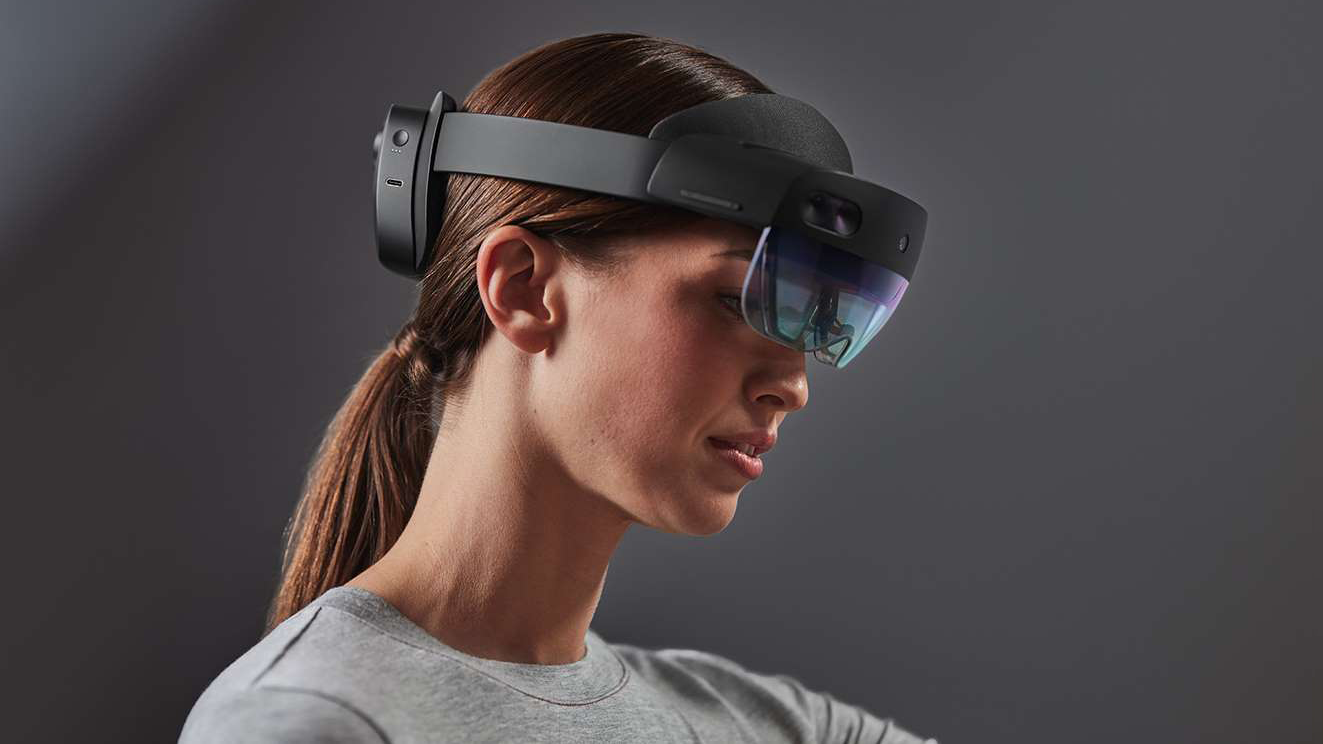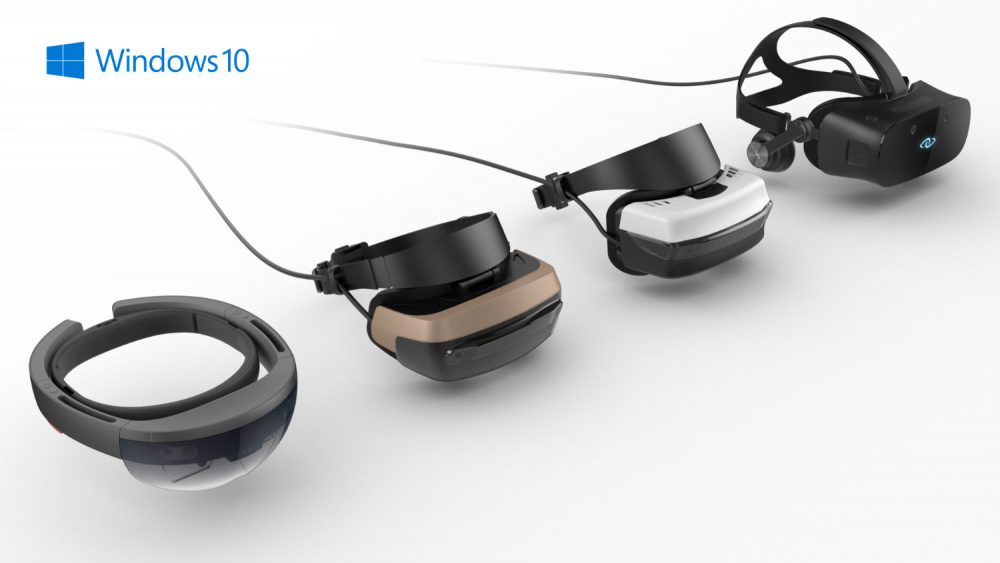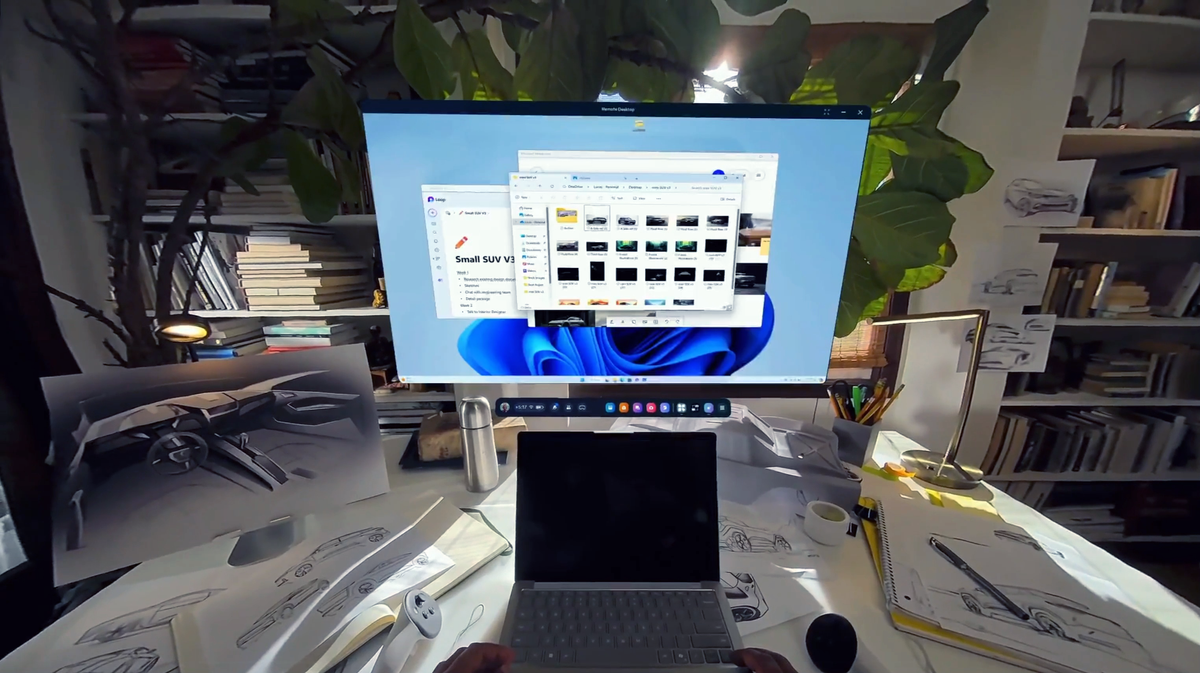Microsoft has removed Windows Mixed Reality from Windows 11.
With Windows 11 24H2, the latest major version of Microsoft’s PC operating system, you can no longer use a Windows MR headset in any way – not even on Steam.
This includes all the Windows MR headsets from Acer, Asus, Dell, HP, Lenovo, and Samsung, including HP’s Reverb G2, released in 2020.

UploadVR tested Windows 11 24H2 with a Reverb G2 and found the above notice. Microsoft told UploadVR this was an intentional deletion when they originally announced the move in December.
In august, 3.49% or roughly 80,000 users of the SteamVR users used a Windows MR head-set. If they install Windows 11 24H2, their VR headset will effectively become a paperweight.
“Existing Windows Mixed Reality devices will continue to work with Steam through November 2026, if users remain on their current released version of Windows 11 (version 23H2) and do not upgrade to this year’s annual feature update for Windows 11 (version 24H2).”
The death of Windows MR headsets comes on the same week Microsoft revealed that HoloLens 2 production has ended, and that software support for the AR headset will end after 2027.
Microsoft Is Discontinuing HoloLens 2 As Production Ends
HoloLens 2 production has ended, Microsoft confirmed to UploadVR, and software support will end after 2027.

Windows MR Never Really Took Off
Despite the name, all Windows MR headsets were actually VR-only, and are compatible with most SteamVR content via Microsoft’s SteamVR driver.
The first Windows MR headsets arrived in late 2017 from Acer, Asus, Dell, HP, Lenovo, and Samsung, aiming to compete with the Oculus Rift and HTC Vive that had launched a year earlier. They were the first consumer VR products to deliver inside-out positional tracking, for both the headset and controllers.
All the original Windows MR OEMs except Samsung used the same cheap single-panel LCD design with fixed lenses, while the Samsung Odyssey had IPD adjustment and OLED panels – the same OLED panels that would be featured in HTC Vive Pro and Oculus Quest a year and a half later.
Even though the LCD headsets were sold for as low as $200 at times, and even though Samsung offered (for the time) high-resolution OLED panels, Windows MR headsets failed to ever reach widespread adoption amongst PC VR gamers. Windows MR’s SteamVR share peaked in 2019 at 10%, and is now around 3.5%. Windows MR’s headsets only had two cameras facing forward, whereas the Oculus and other inside-out headsets use four cameras or more. This allows for a wider controller tracking area. HP’s Reverb G2 added two extra side cameras, but by the time it launched in 2020 it was already too late for Microsoft’s platform.
Another major problem was that the controllers weren’t particularly ergonomic, and felt as if designed to be as cheap as possible. That was in stark contrast to
Windows Will Support Headsets With Varying Input, FOV, Resolution and Frame Rate
Microsoft is looking to unify manufacturers around using Windows to power mixed reality headsets, with a plan to support HMDs featuring a wide range of specifications. Next year, Microsoft plans to support headsets from manufacturers like Acer, ASUS, Dell, HP and Lenovo starting at just $300, and by the end

and
controllers, both beloved by most of their owners.Oculus TouchEssentially, Microsoft and its partners failed to give a compelling reason for people to buy the first wave of Windows MR headsets, and by the time HP arrived with Reverb and its 2K panels Meta’s standalone Oculus Quest line had already started to dominate the VR hardware market.Valve’s IndexQuest headsets’ low price and ability to function as both a standalone and wireless PC VR headset made them the preferred choice for most buyers, despite being less comfortable than headsets like Reverb and having lower resolution.
In recent years Microsoft has shifted its XR focus to a software-based long term strategic partnership with Meta.
So far that partnership has brought
and
to the Horizon OS of Quest headsets.Xbox Cloud GamingSoon, it will also bring automatic extension of Windows 11 laptops by Office web apps, including spawning entirely virtual extra monitors.
Quests Can Soon Extend Windows Laptops By Just Looking At Them
Quest headsets will soon be able to extend Windows 11 laptops by just looking at them, and without installing specific software.

And earlier this year Microsoft announced just looking at them, a new API for extending 3D elements of PC applications being streamed to Meta Quest into 3D space.